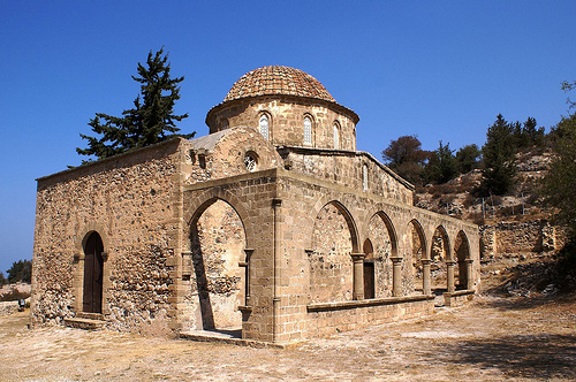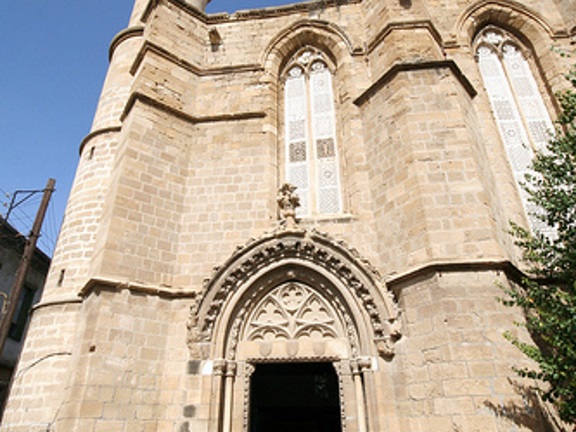Places To See
The Best Places To See In Northern Cyprus
25 October, 2009
The Land Gate and Ravelin | Famagusta The land gate is probably as old a building within the city as the citadel, though the current bridge and gateway entrance are relatively modern. The road now passes through one of the […]
25 October, 2009
Zafer Burnu | Karpaz Continue along the track that goes through the monastery complex and the far end of the island is only a few minutes drive away. The breeze that never fails to cool, even on the hottest day, […]
25 October, 2009
Dipkarpaz | North Cyprus This village is the centre of the Karpaz peninsula, it is here that a mixed community lives side by side just as they have done for hundreds of years. When the island divided in 1974 the […]
30 November, 2009
The Covered Market | Nicosia No Turkish town is complete without a market and the Nicosia market lives up to all expectations. It is easy to find, being very close to the Selimiye mosque and is an Aladdin’s emporium of […]
22 November, 2009
Hidden away in a wooded valley approximately 4 miles (6.5km) from the village of Esentepe is the 12th C church of Antiphonitis, (Christ of the Echo). It is not difficult to find, just follow the signs from Esentepe village centre, […]
26 October, 2009
This 14th Century church built during the Lusignan period is, after the Selimiye mosque, the most impressive and beautiful piece of Gothic architecture left standing in Nicosia. It is a single aisle structure, elegantly understated in the simplicity of its […]
25 October, 2009
The Venetians, wishing to make their own mark on the palace changed the façade of the entrance, extending it outwards, building basket arches and incorporating massive granite pillars imported from the ruined city of Salamis. Over the central arch are […]
25 October, 2009
The route to the monastery church of the Panayia Kanakaria is easy. From the main road after Kumyali look for the signs and following the directions to Ziyamet, Gelincik and Kaleburnu. After about two miles the church complex is on […]
24 November, 2009
Karaman Village | North Cyprus About 3 miles (4km) west of Kyrenia, and set high it the upper reaches of the mountain slopes looking down over Karaoglanoglu, is the picture-postcard-pretty village of Karaman. To drive to the village, take the […]
25 October, 2009
The Shipwreck Museum | Kyrenia Containing the oldest wreck ever to be raised from the sea bed, this museum provides a fascinating look at maritime trading practises of a time long before the birth of Christ. The ship was found […]



